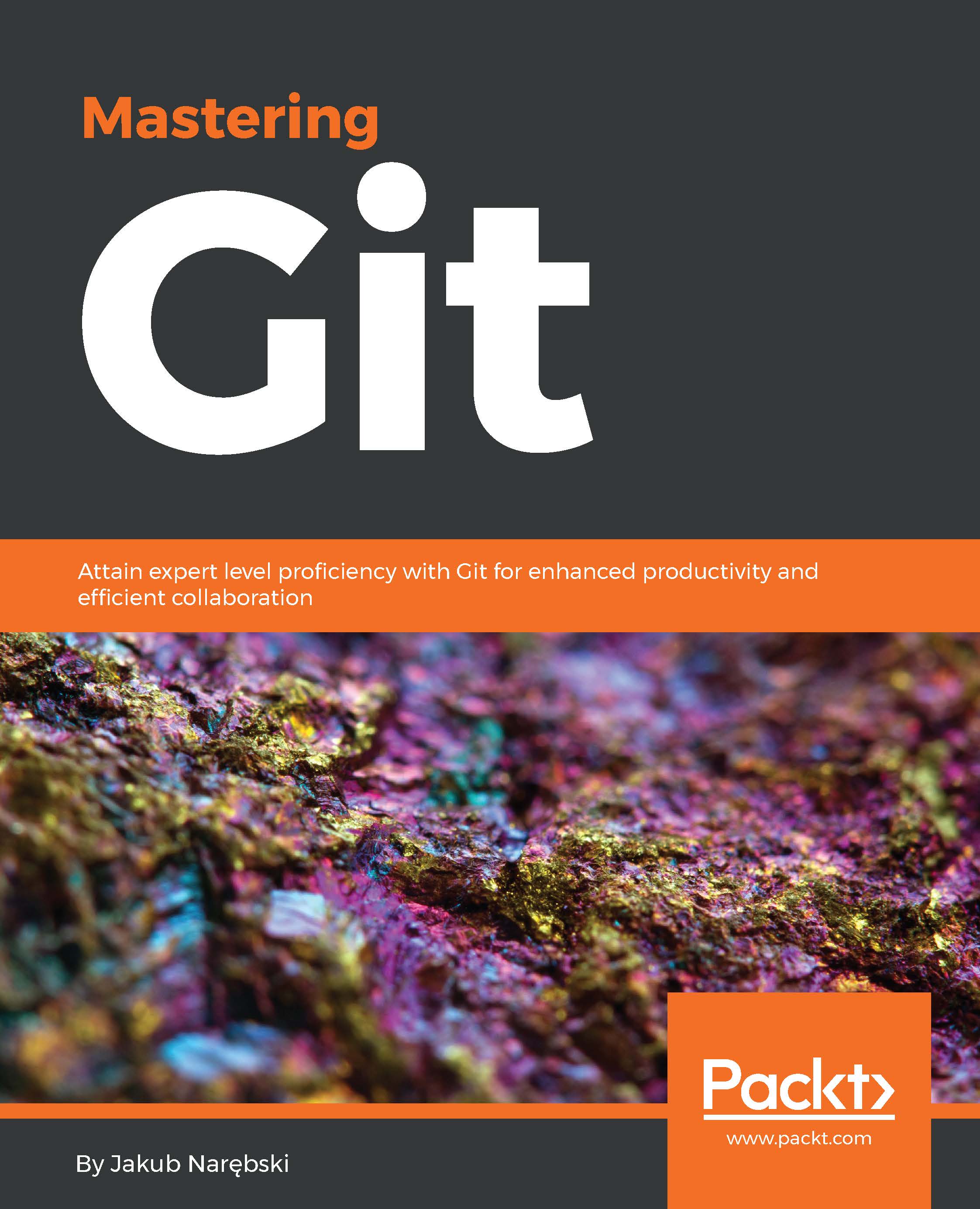-
Book Overview & Buying

-
Table Of Contents

Mastering Git
By :

Mastering Git
By:
Overview of this book
 Free Chapter
Free Chapter
 Sign In
Start Free Trial
Sign In
Start Free Trial

 Free Chapter
Free Chapter
The previous chapter explained how to examine the project history. This chapter will describe how to create such history and how to add to it. We will learn how to create new revisions and new lines of development. Now it's time to show how to develop with Git.
Here we will focus on committing one's own work, on the solo development. The description of working as one of the contributors is left for Chapter 5, Collaborative Development with Git, while Chapter 7, Merging Changes Together, shows how Git can help in maintainer duties.
This chapter will introduce the very important Git concept of the staging area (the index). It will also explain, in more detail, the idea of a detached HEAD, that is, an anonymous unnamed branch. Here you can also find a detailed description of the extended unified diff format that Git uses to describe changes.
The following is the list of the topics we will cover in this chapter:

Change the font size
Change margin width
Change background colour